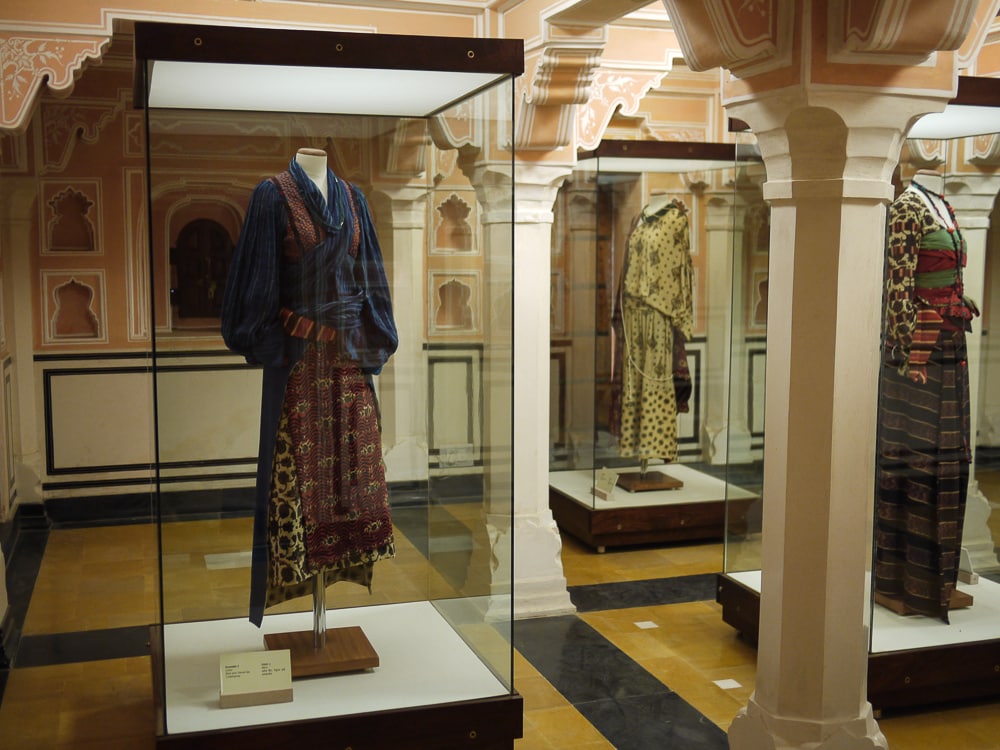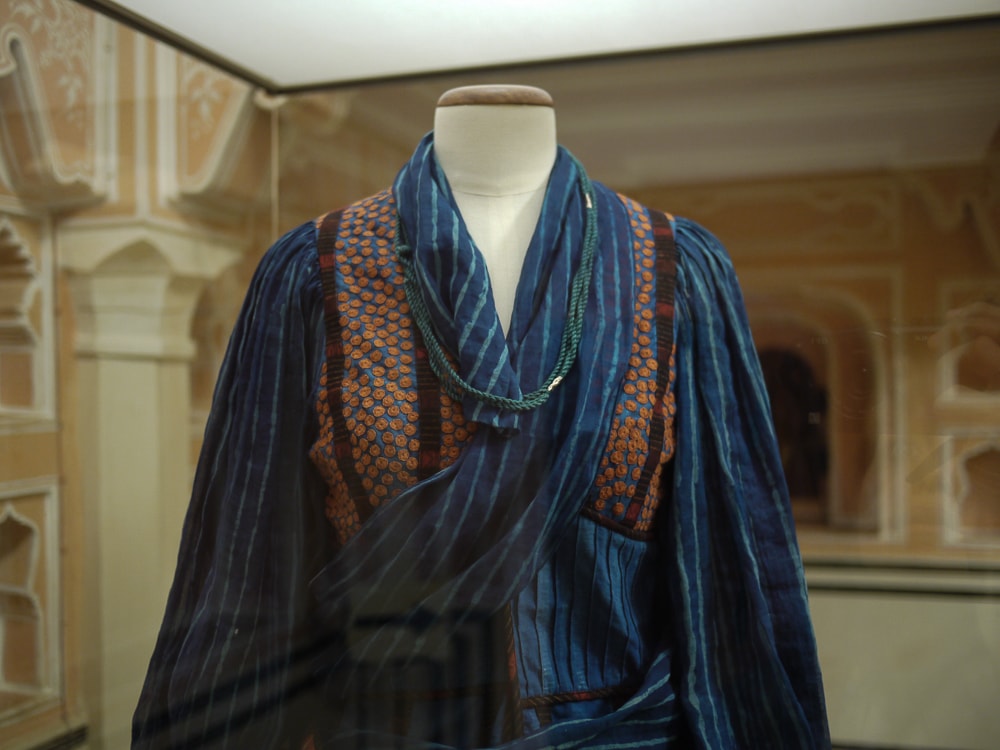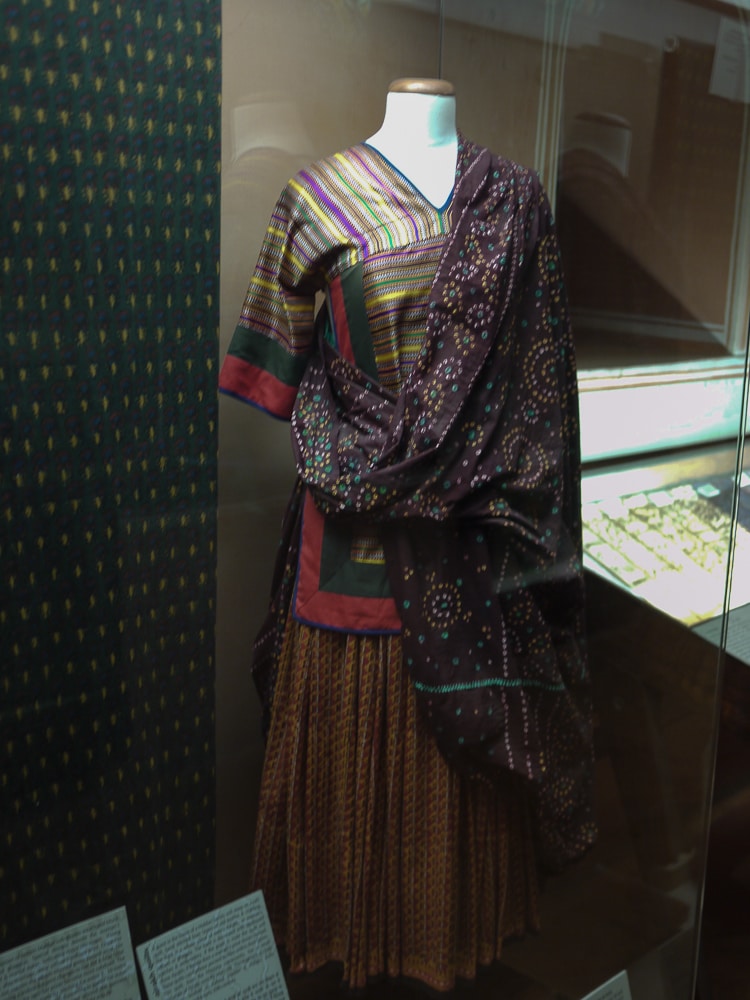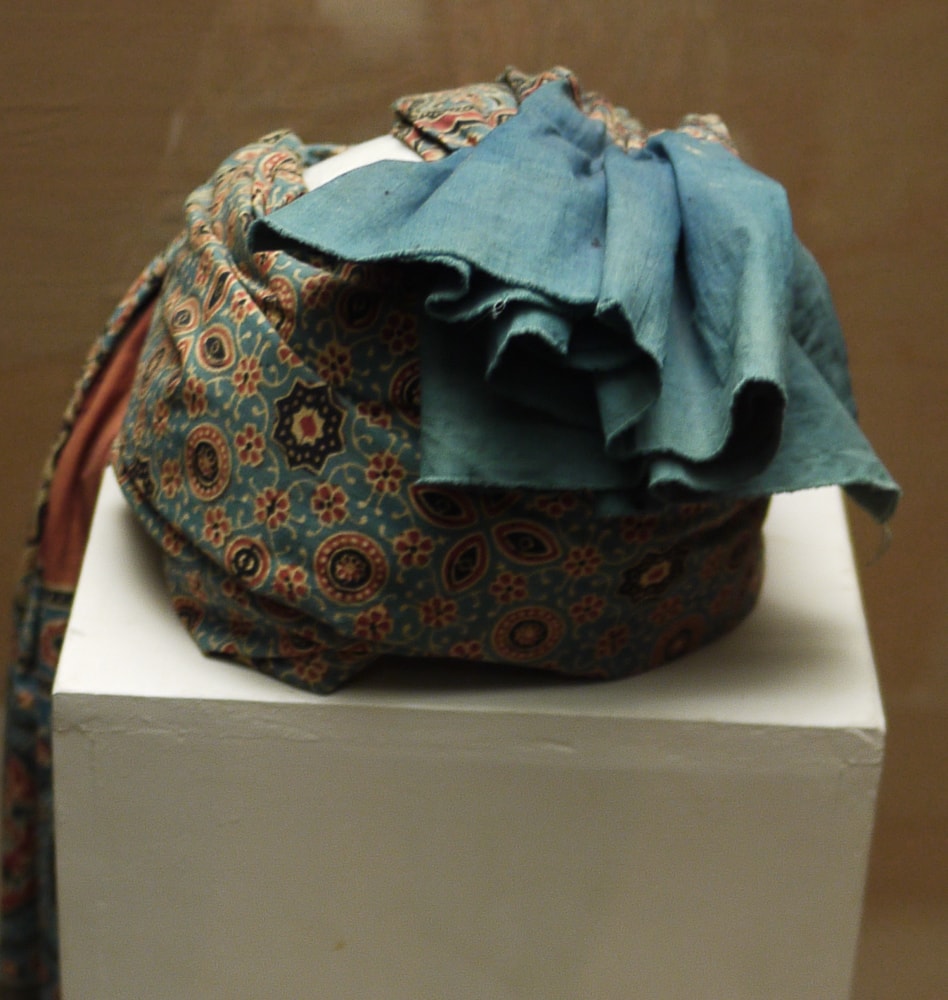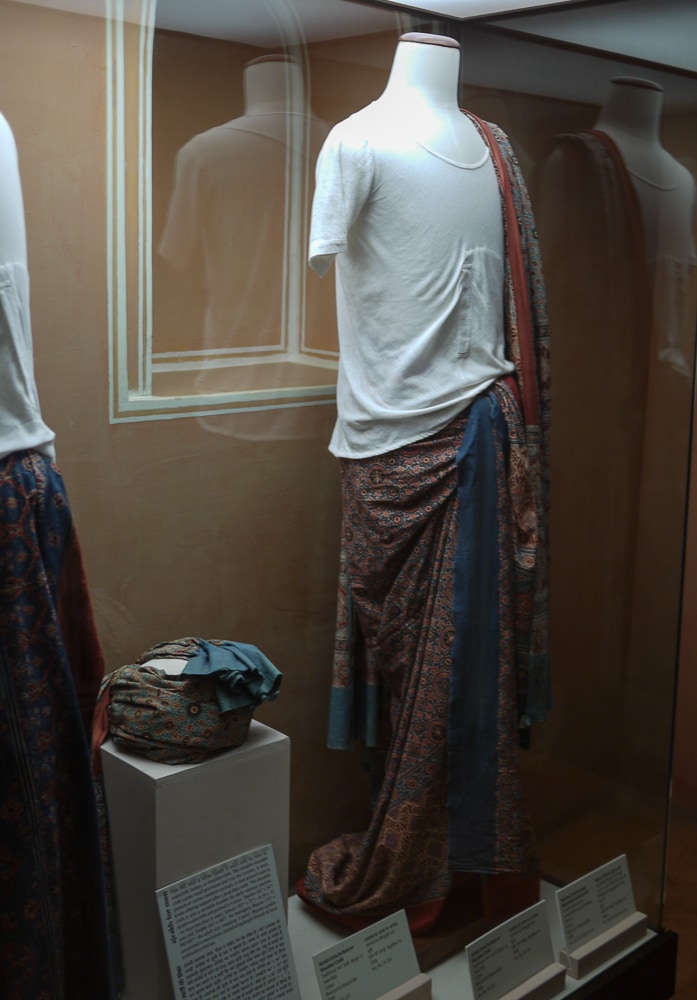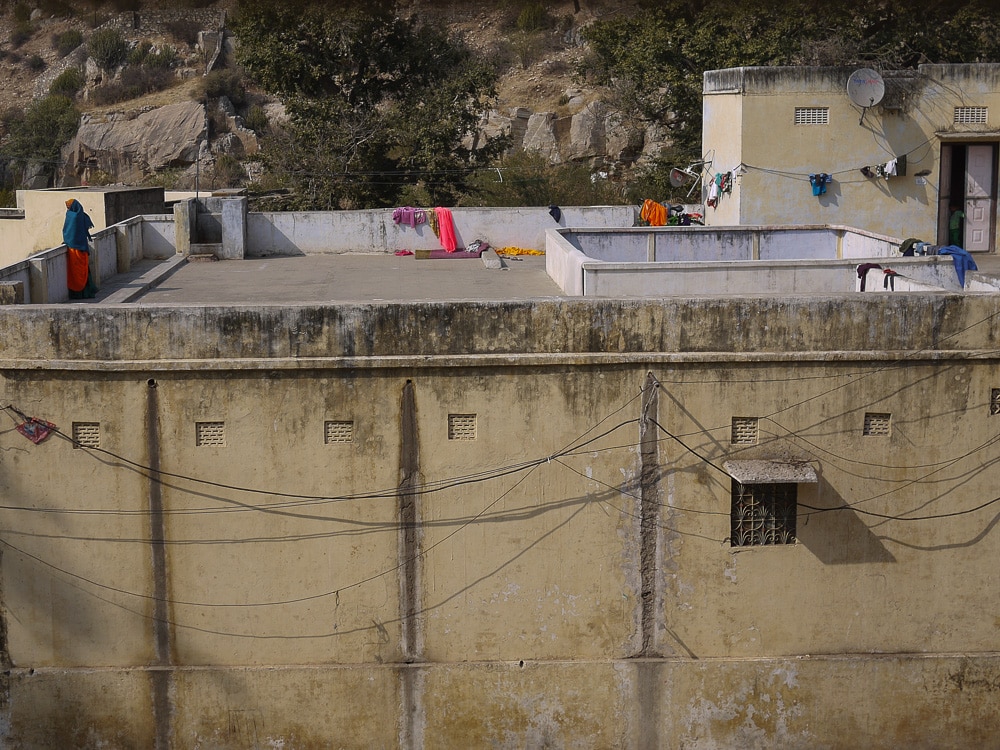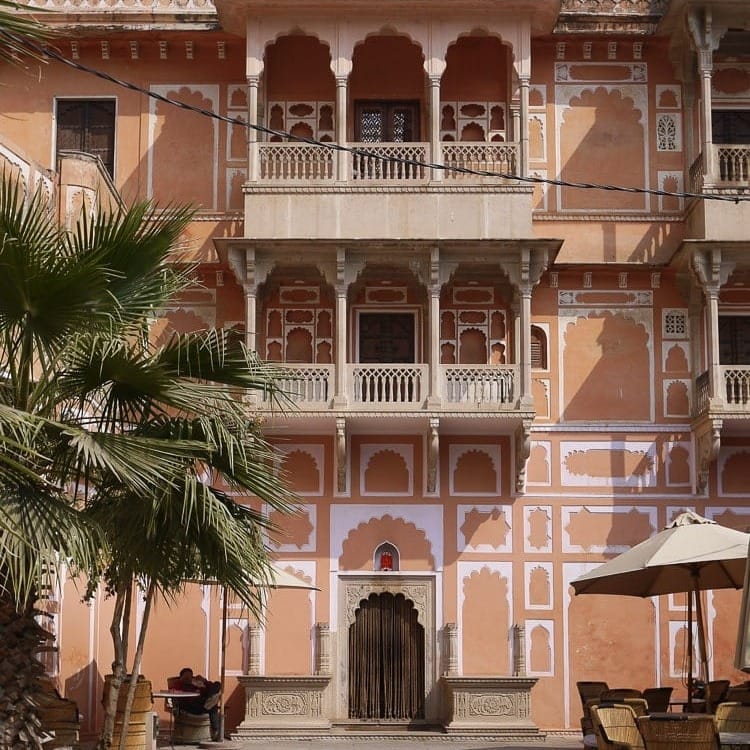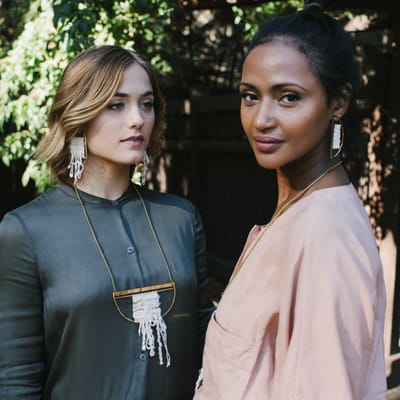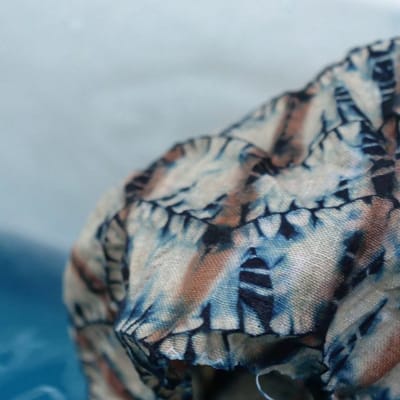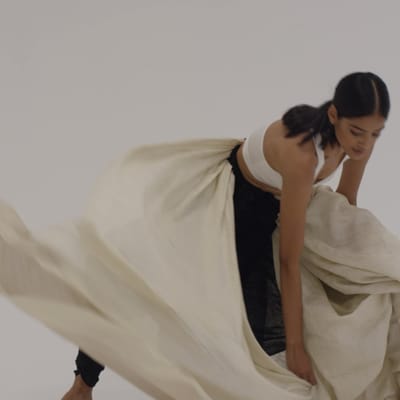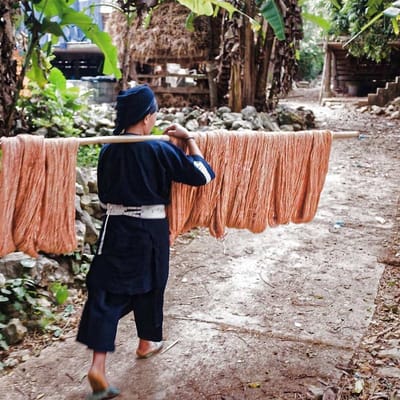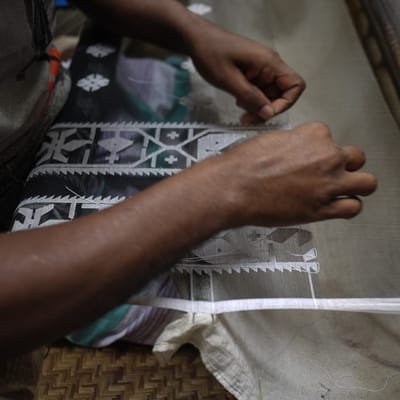Since 2005, the Anokhi Museum of Hand Printing in Jaipur, India has offered visitors an introduction to the ancient art of Indian block printing through their collection of historical and contemporary textiles. The museum also acts as a resource for local printers to explore their heritage craft in a larger context — and to consider the future of hand printing in the modern world.
Join THE KINDCRAFT on a tour of the Anokhi Museum and meet their in-house artisans who demonstrate the Indian block carving and the printing process. We'll also give you a brief look at the museum's collection of textiles and traditional dress.
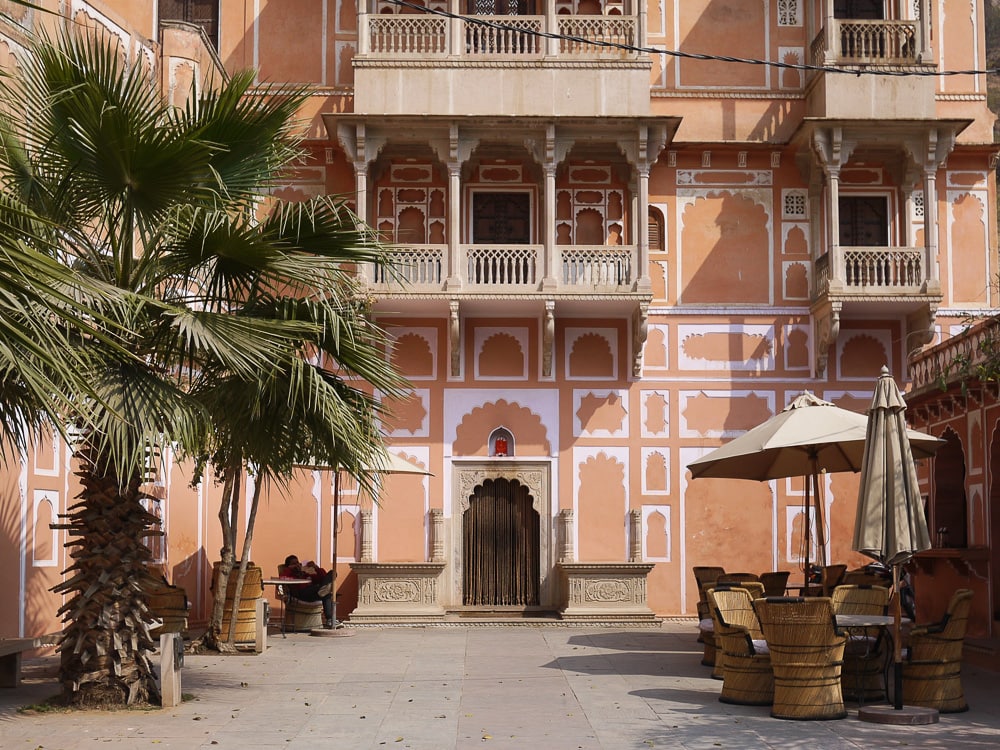
Set inside a restored 16th century haveli mansion near Jaipur's Amer Fort, the Anokhi Museum of Hand Printing is, itself, a preservation project which earned a UNESCO award for ‘Cultural Heritage Conservation’ in 2000 and the creation of Founder / Director Rachel Bracken Singh and her husband, Pritam Singh. The building's owner, John Singh, purchased the building in the late 1970's and undertook the three-year renovation project to show that the crumbling building could be restored by local craftsmen using indigenous materials and traditional construction techniques.
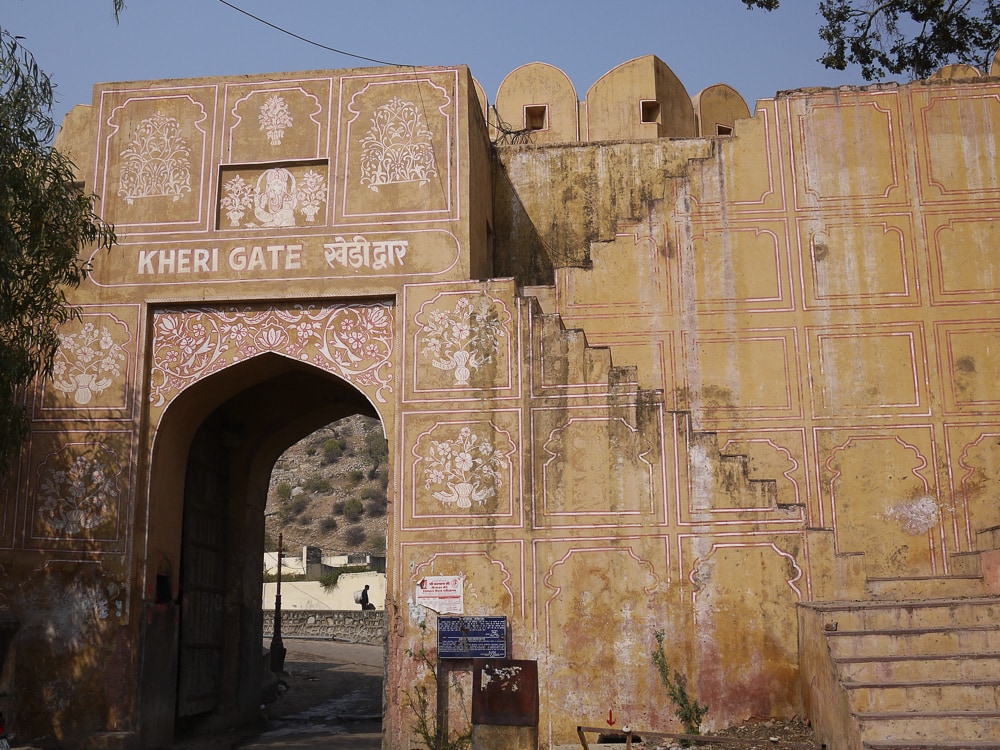
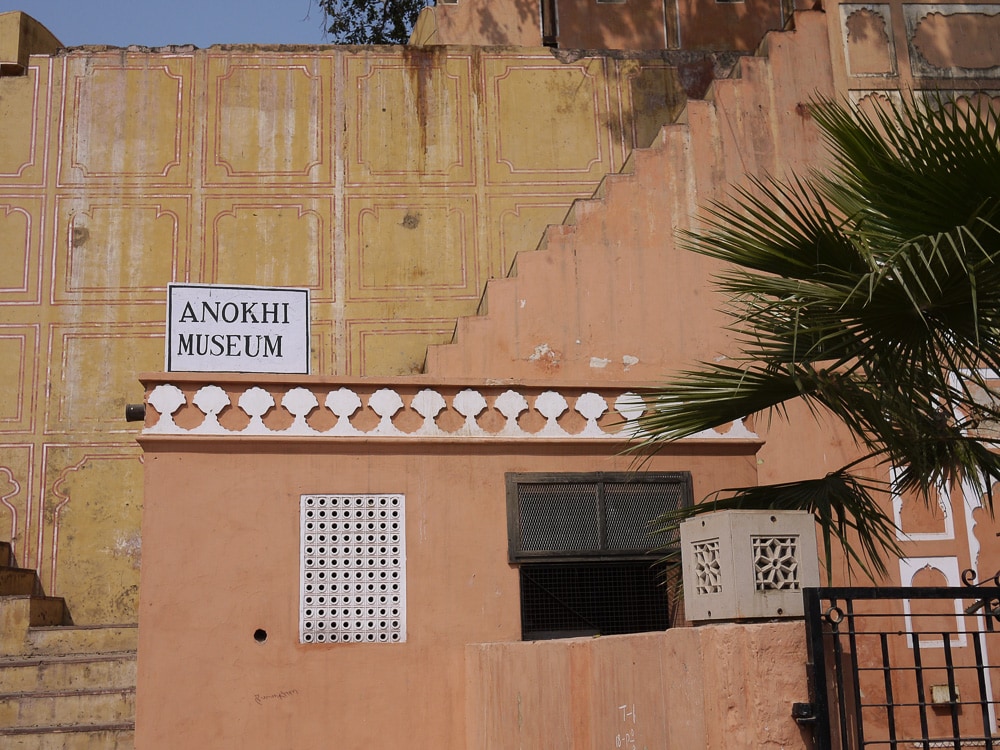
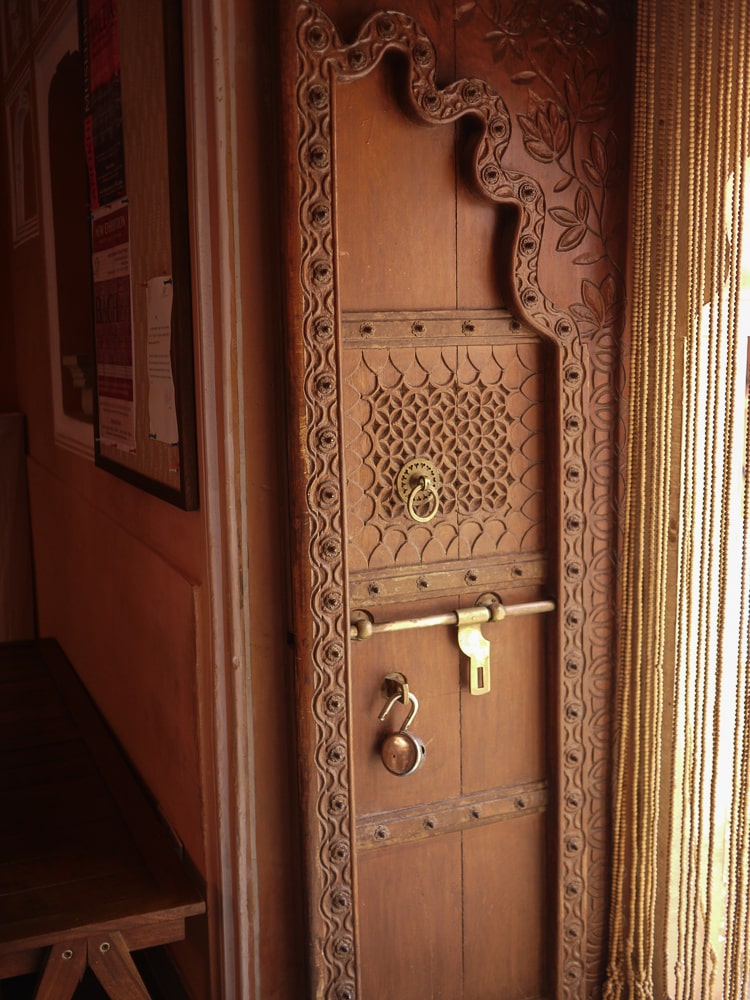
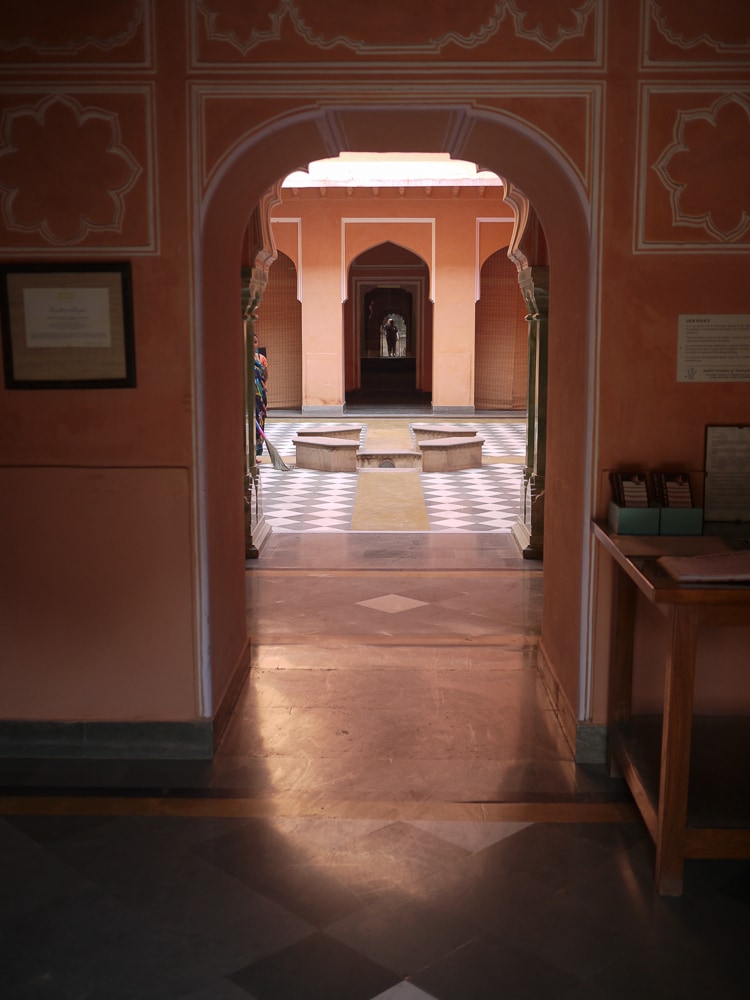
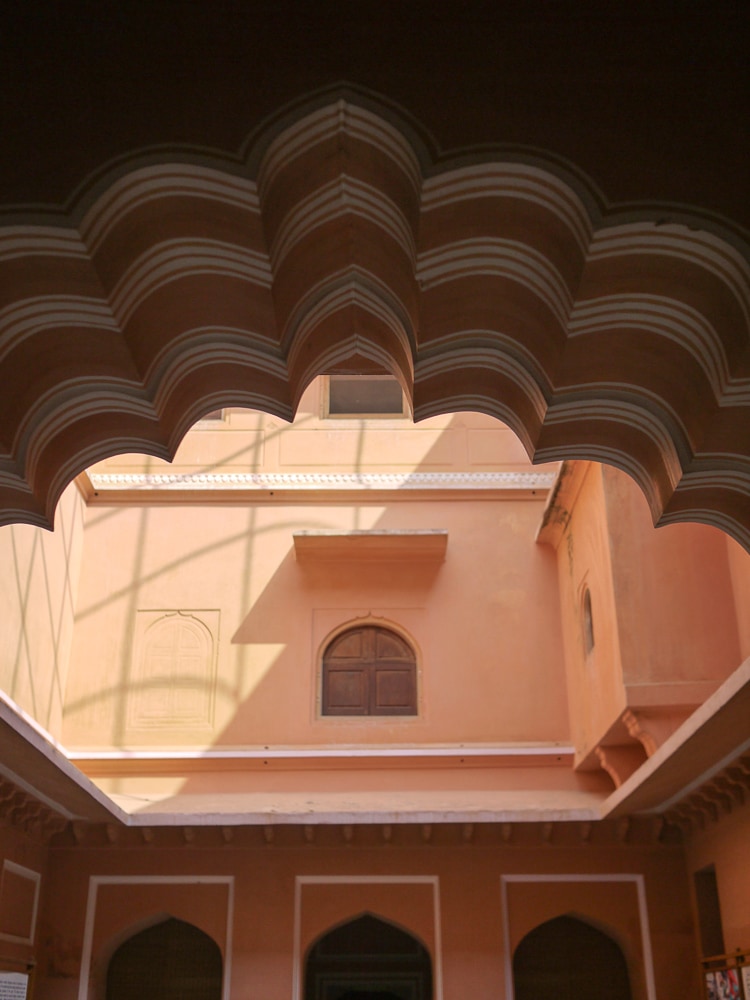
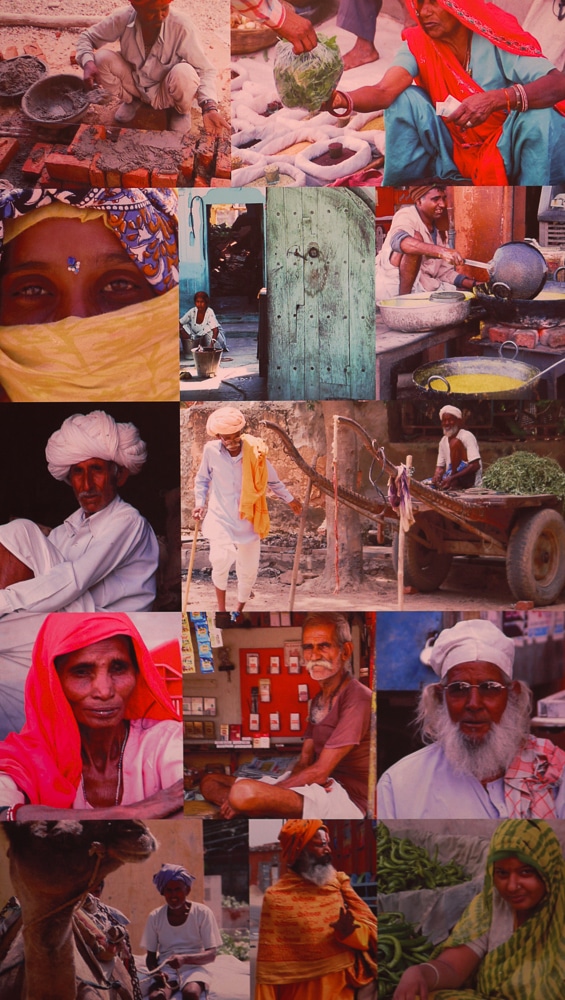
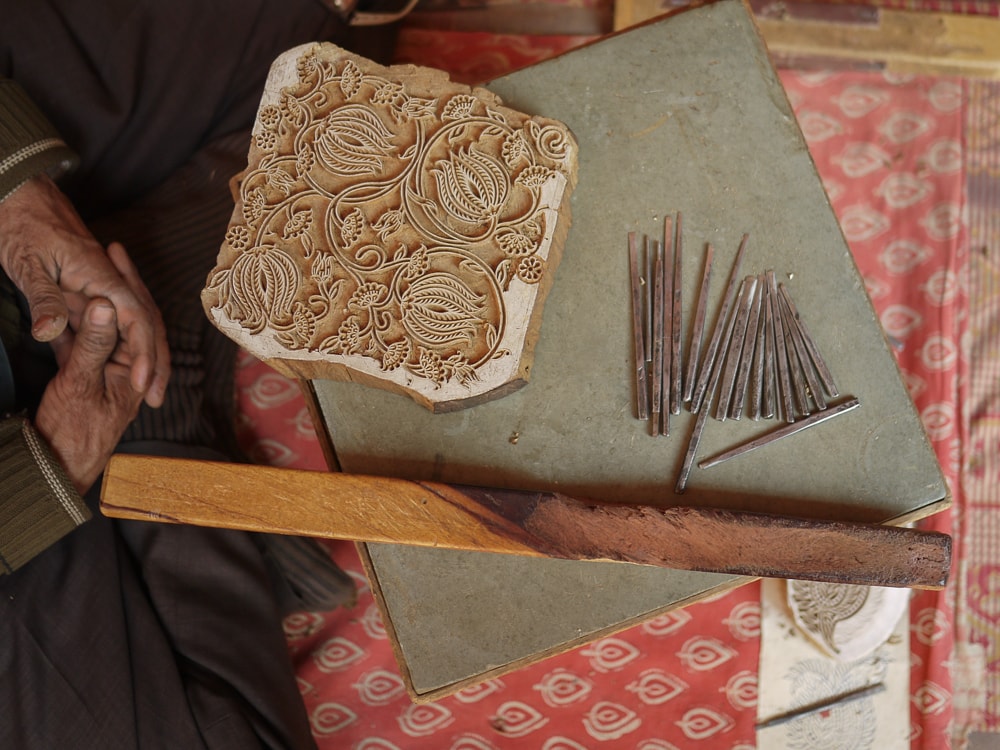
While block printing is widely believed to have originated in the 14th century, there are examples of antique Rajasthani printed cloths that date back to the 3rd century CE. Traditionally, this craft is done in a village setting in cooperation between the block carvers, chhipas printers, rangrez dyers, and dhobis washers. These images show Anokhi's resident block carver, Mujeeb Khan, working on a wood block that has been smeared with chalk paste and drawn with pencil and a paper pattern before the intricate carving process begins.
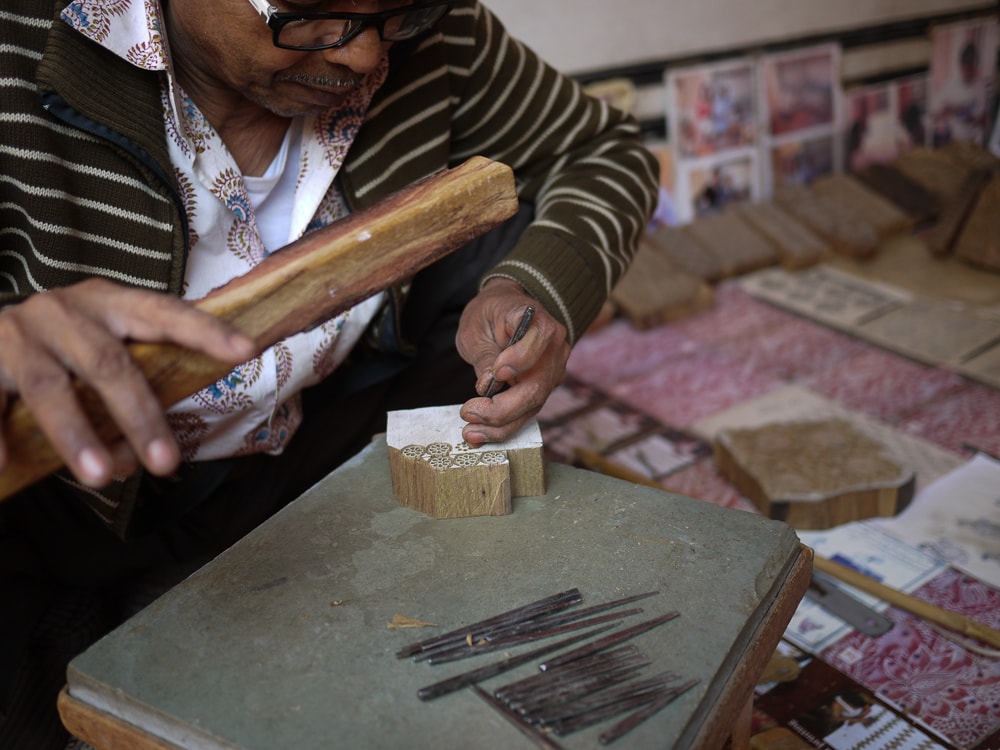
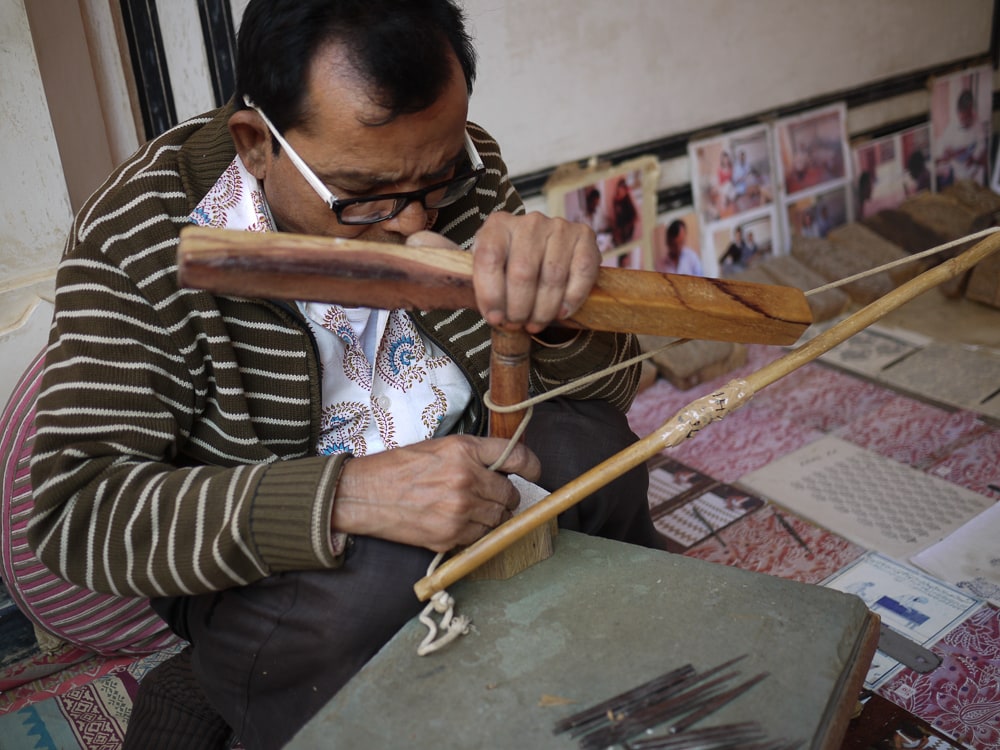
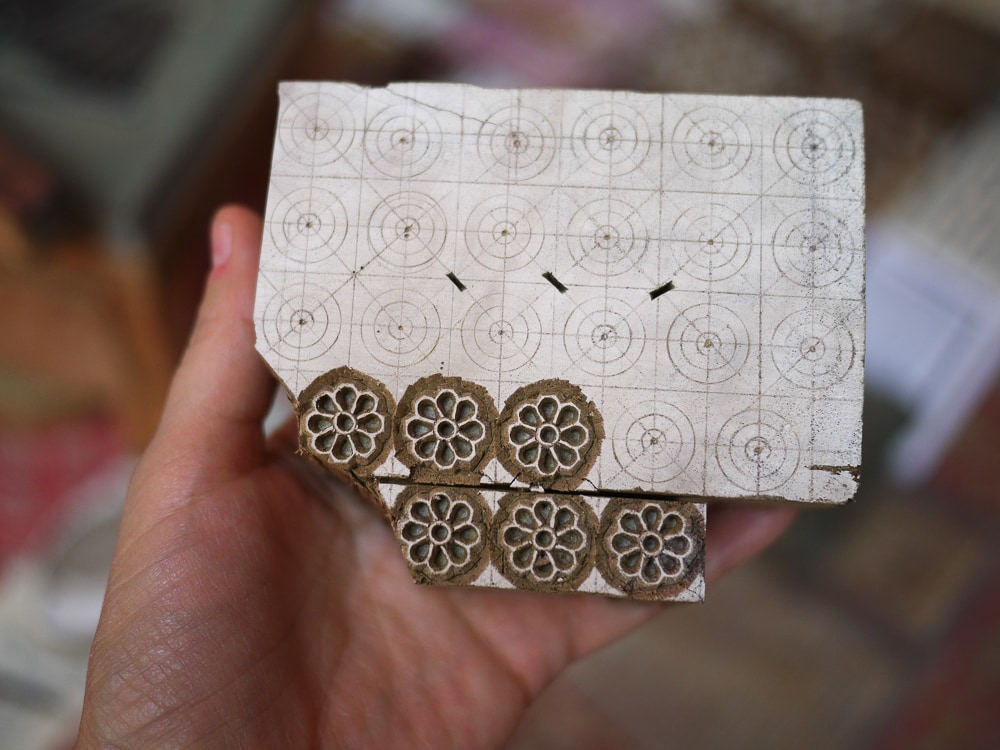
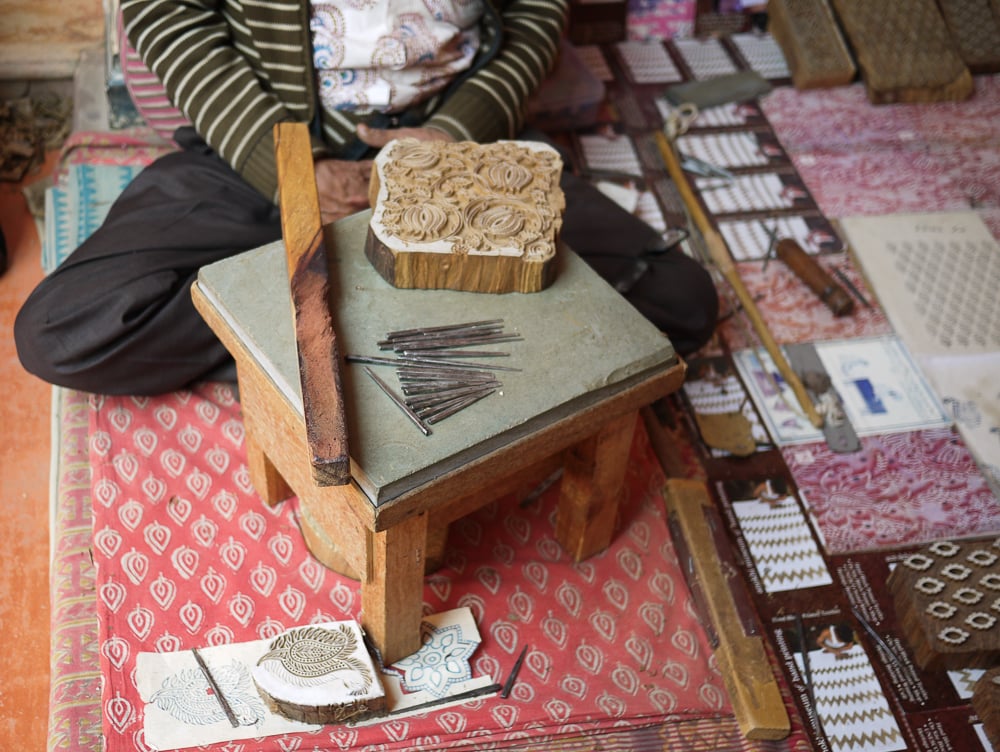
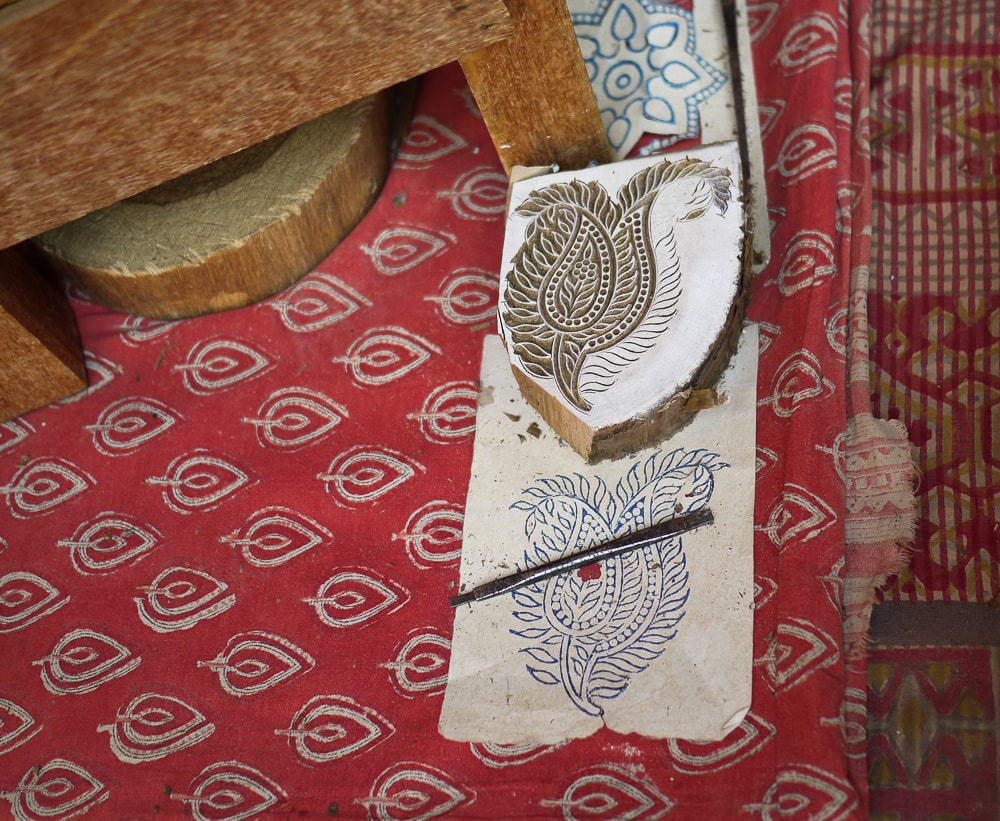
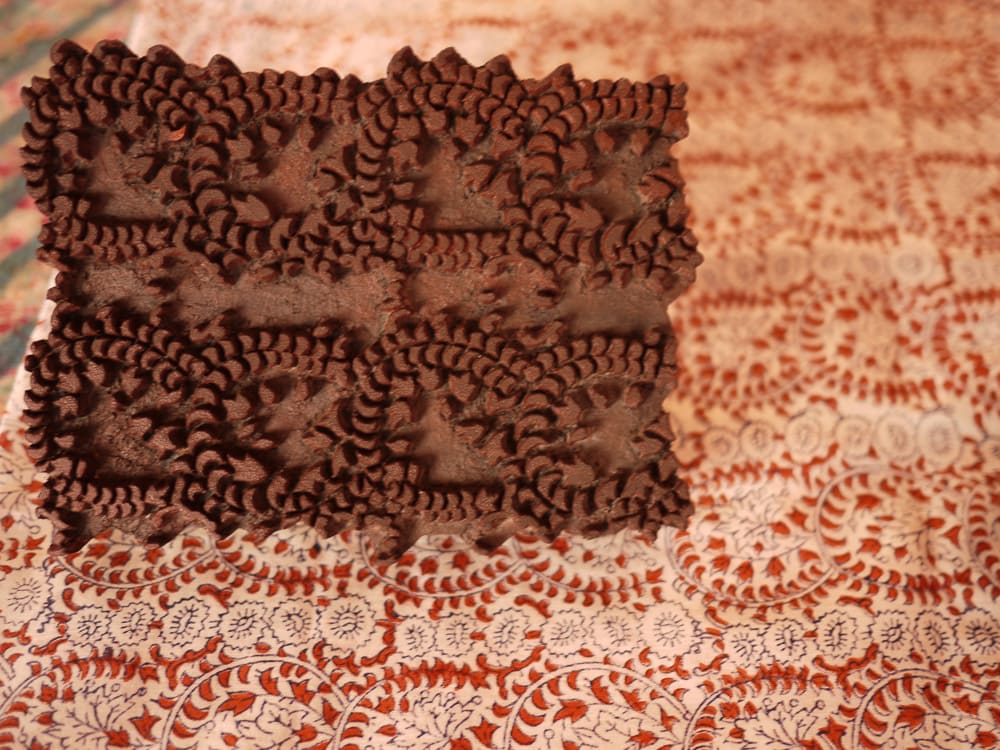
The number of blocks that a chhipa printer uses is generally determined by the number of colors in the print design. First, the printer stamps out the background block (called a gudh), followed by an outline block (the rekh). The datta are the filler blocks which complete the process and, on average, a printer uses 4 to 5 blocks to create a hand printed cloth. A complicated textile design like the 'Tree of Life' motif from Farrukhabad can utilize 200 to 300 blocks to create the fine details of the tree and its flowers and fruits. Here, Anokhi's in-house printer, Salim, is working on a floral motif using punchy lime green and flamingo pink datta blocks.
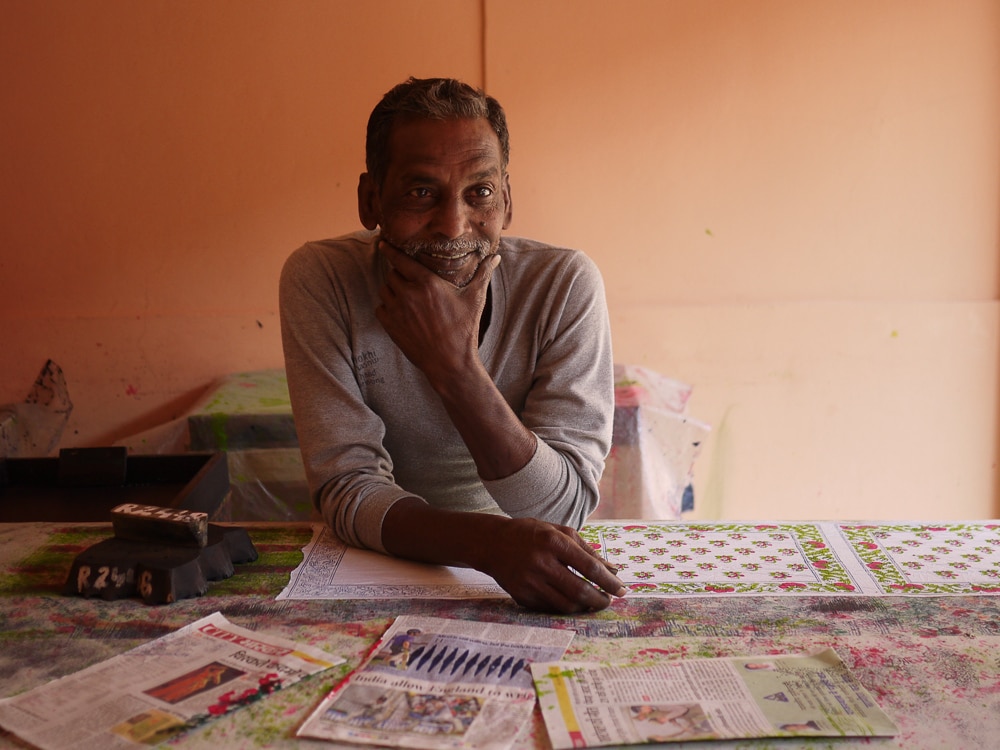
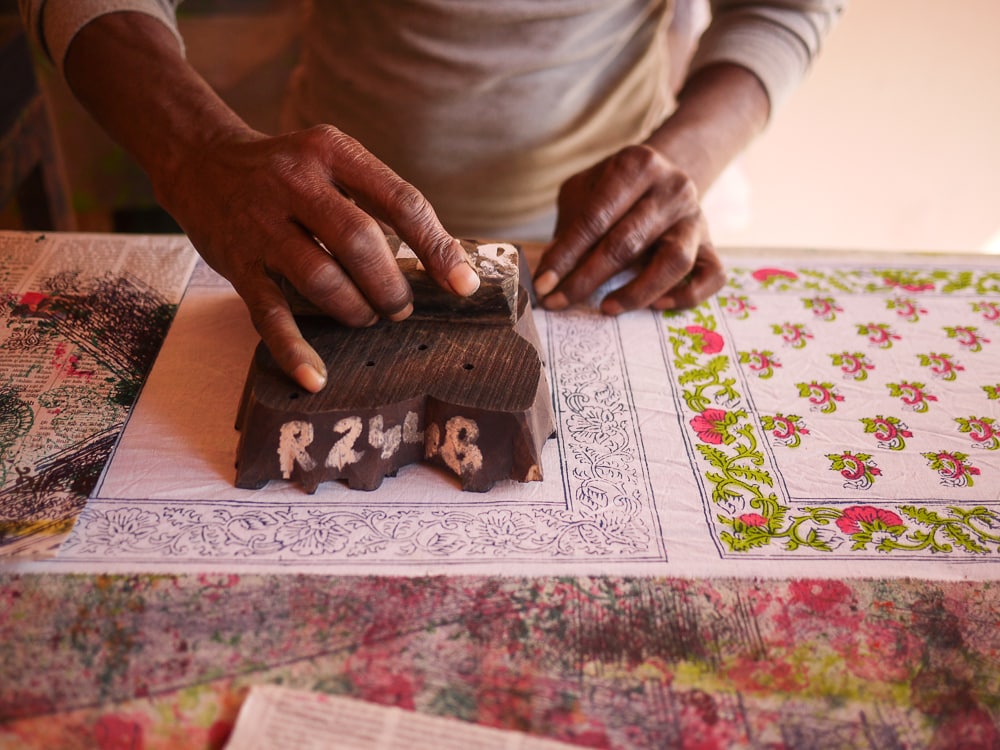
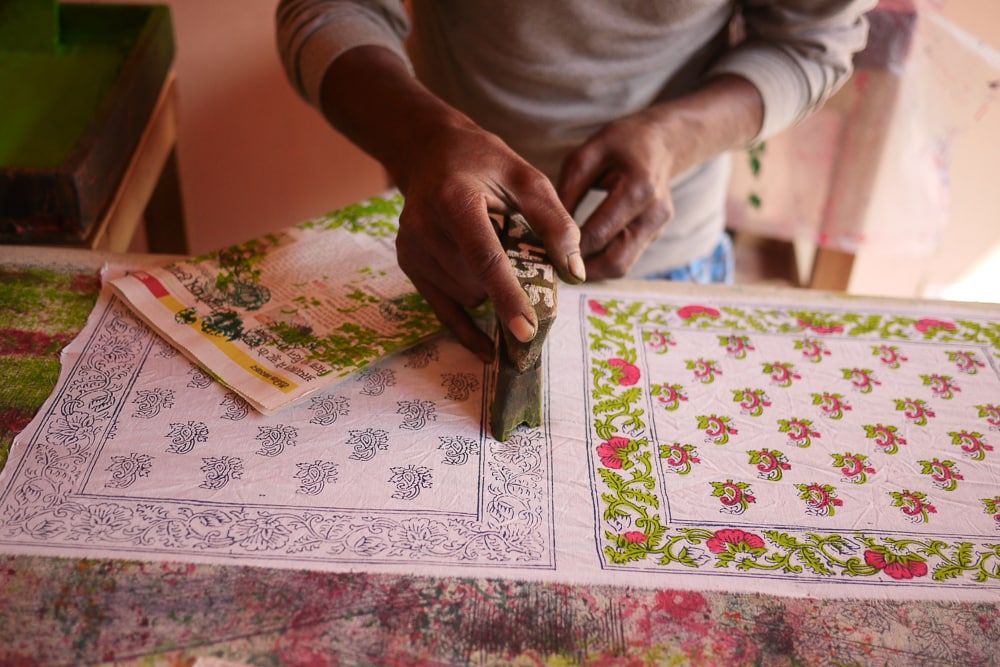
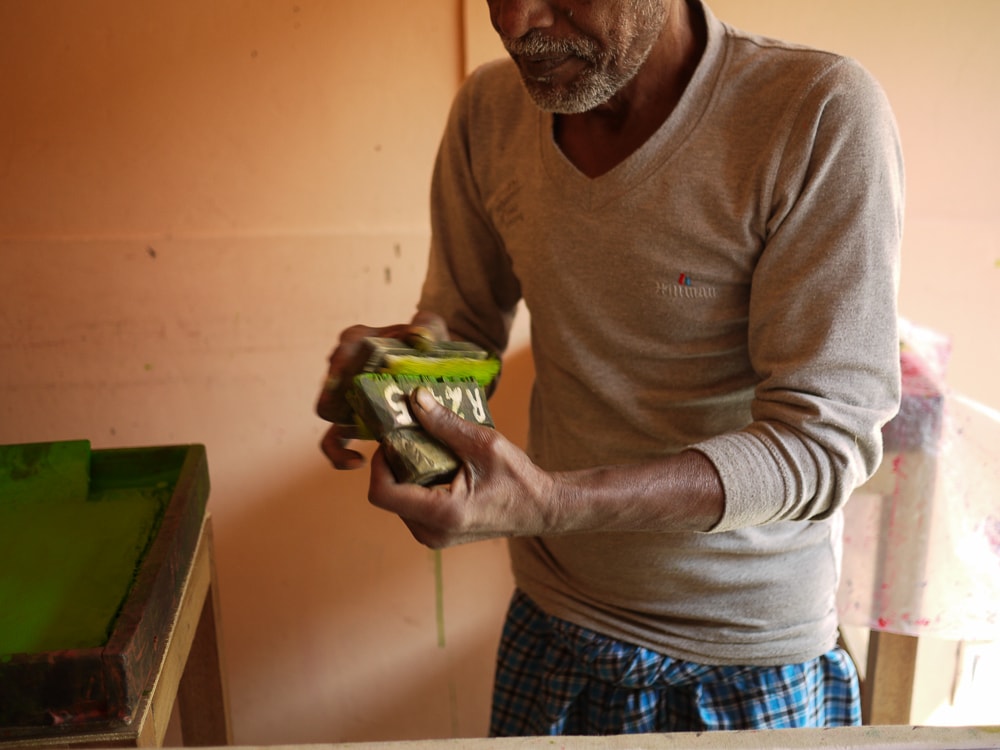
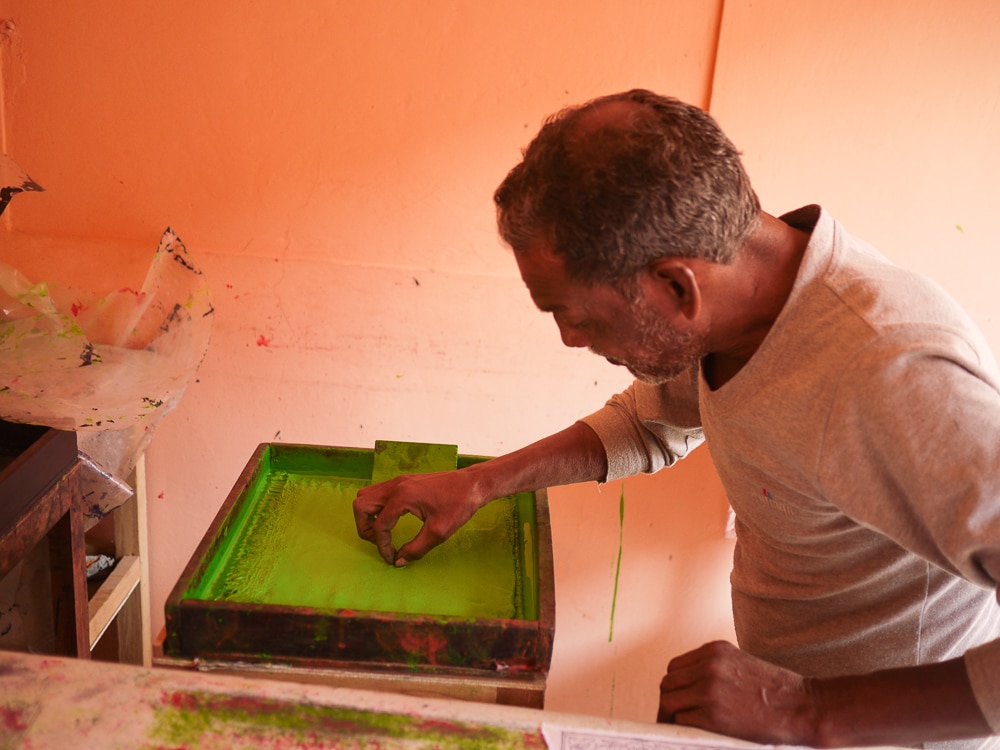
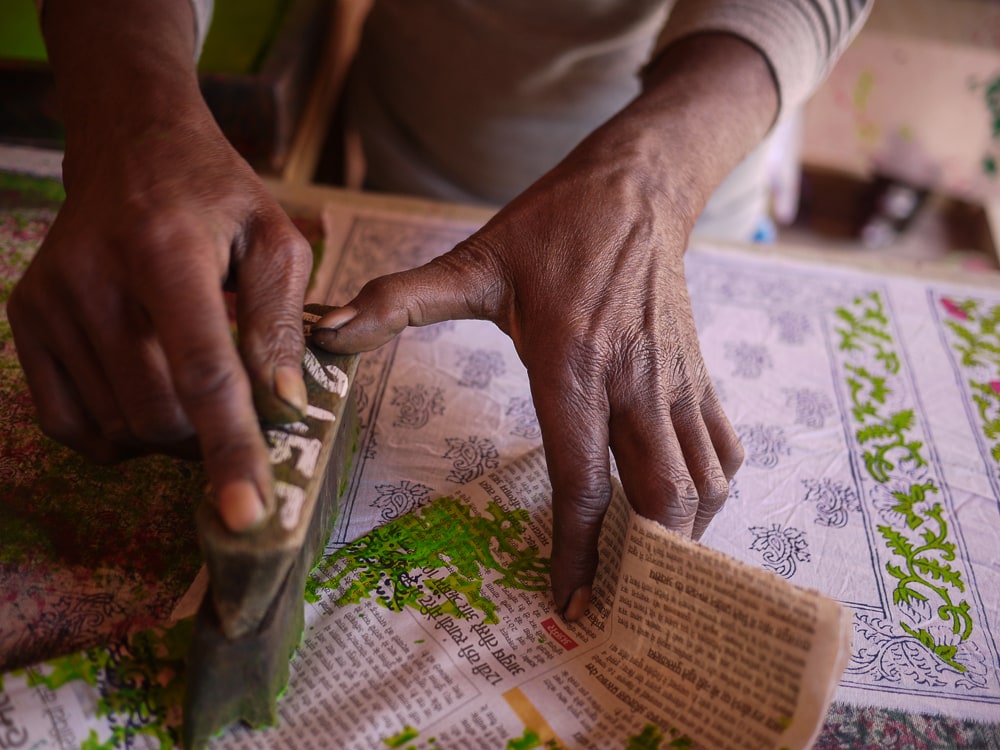
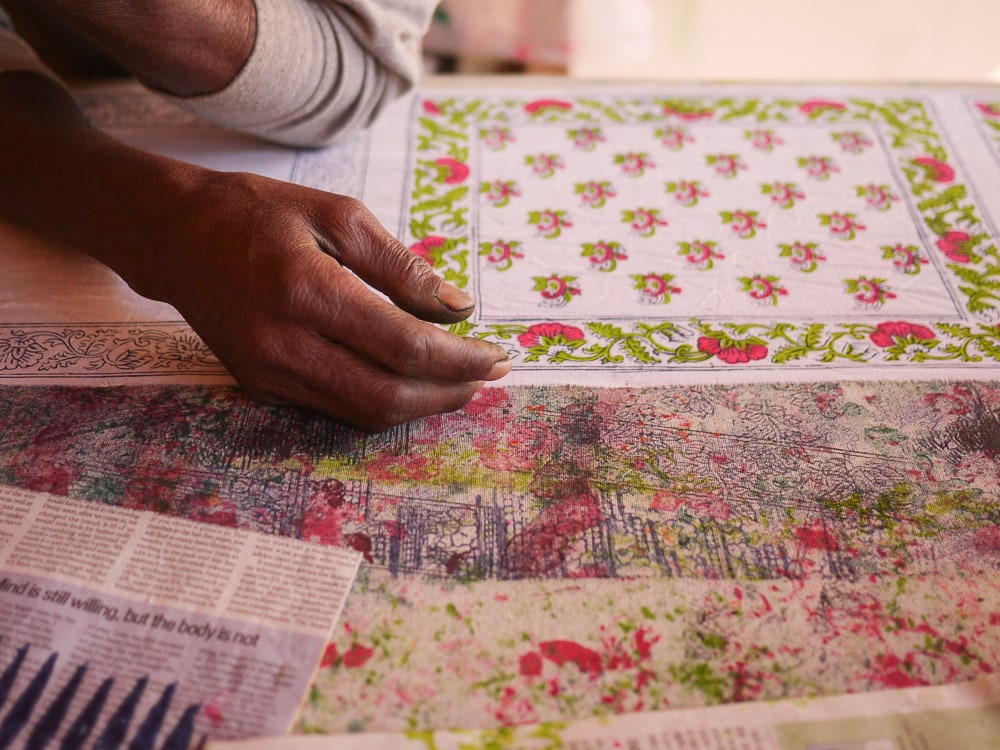
The Anokhi collection focuses on contemporary hand printed textiles such as the first two images below by American designer Rebecca Layton in an exhibition titled 'From a Modern Perspective'. The museum also showcases traditional and historical works by region, specifically from Rajasthan and Gujarat in Northern India. Note the bandhani-like pieces (bottom) that are discharge printed in Naliya (a village in Kutch, Gujarat) using a block with small metal pins that create the dot motif.
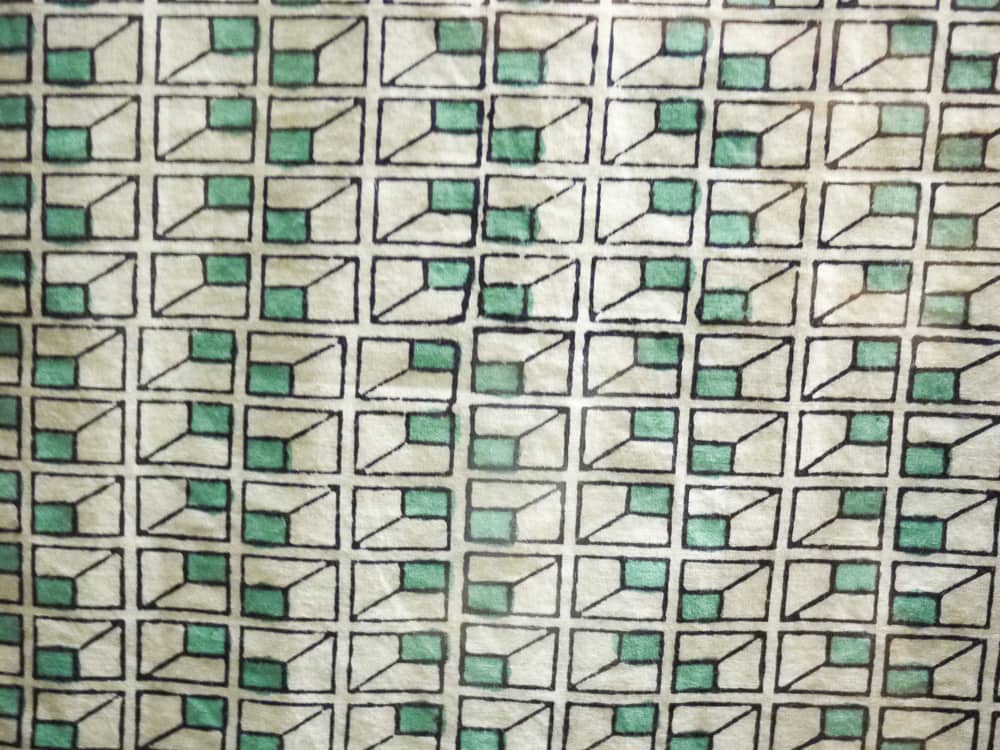
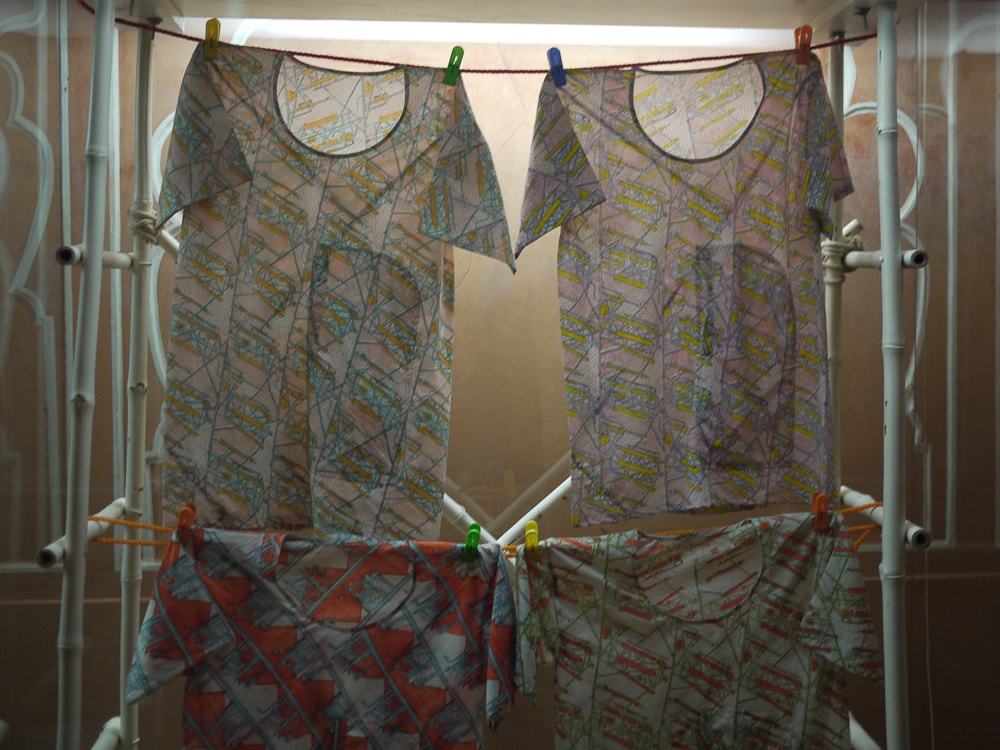
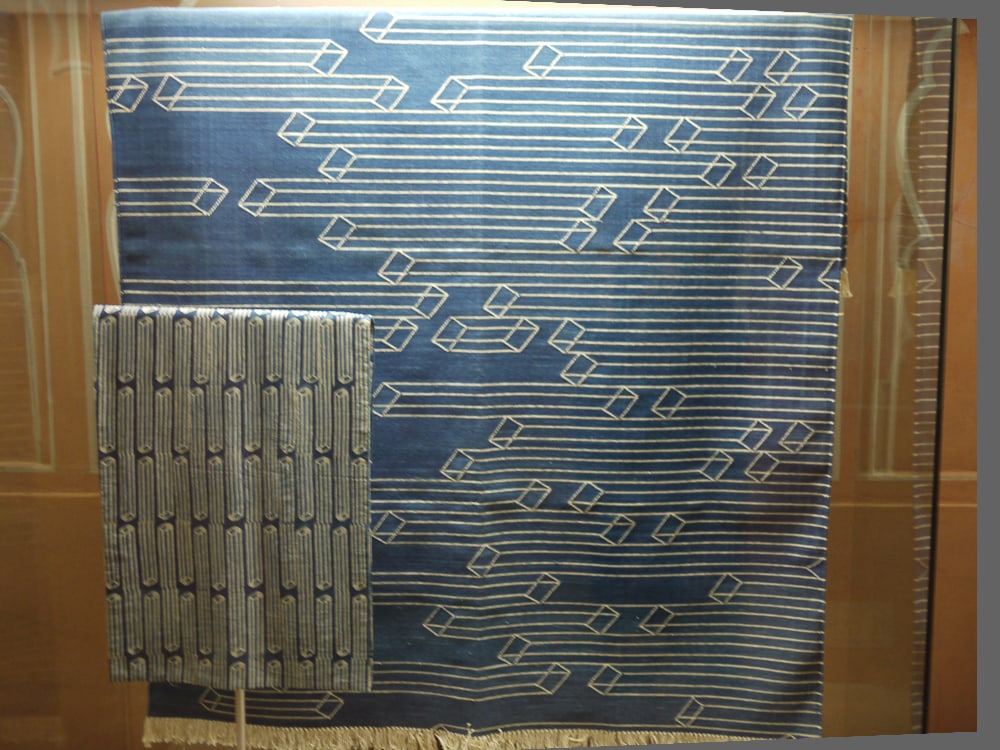
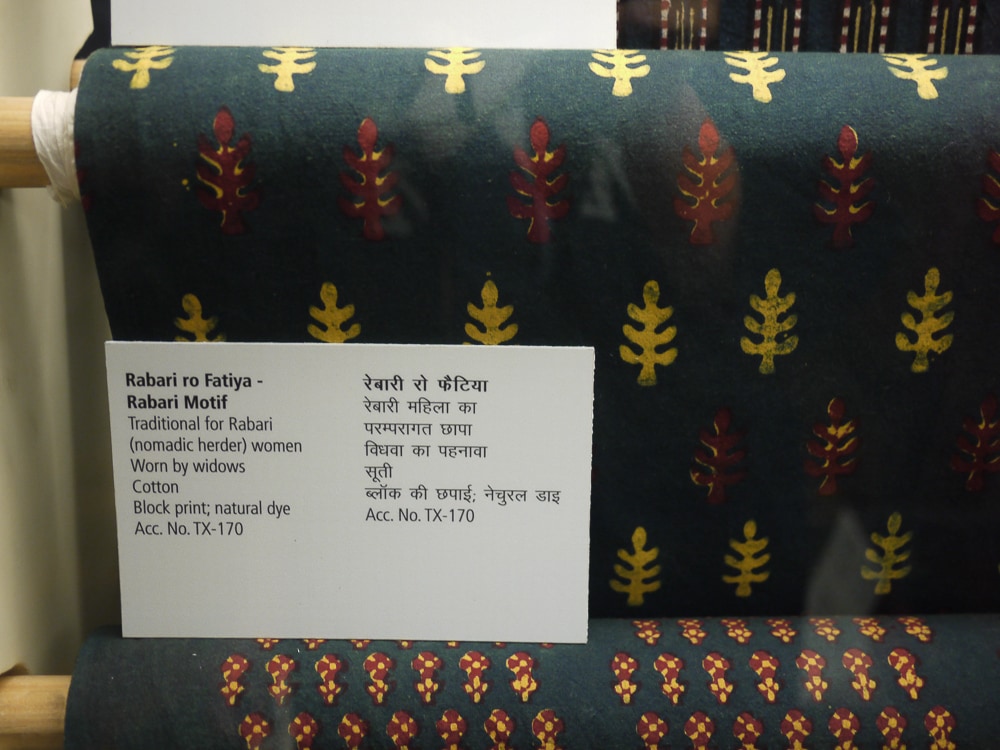
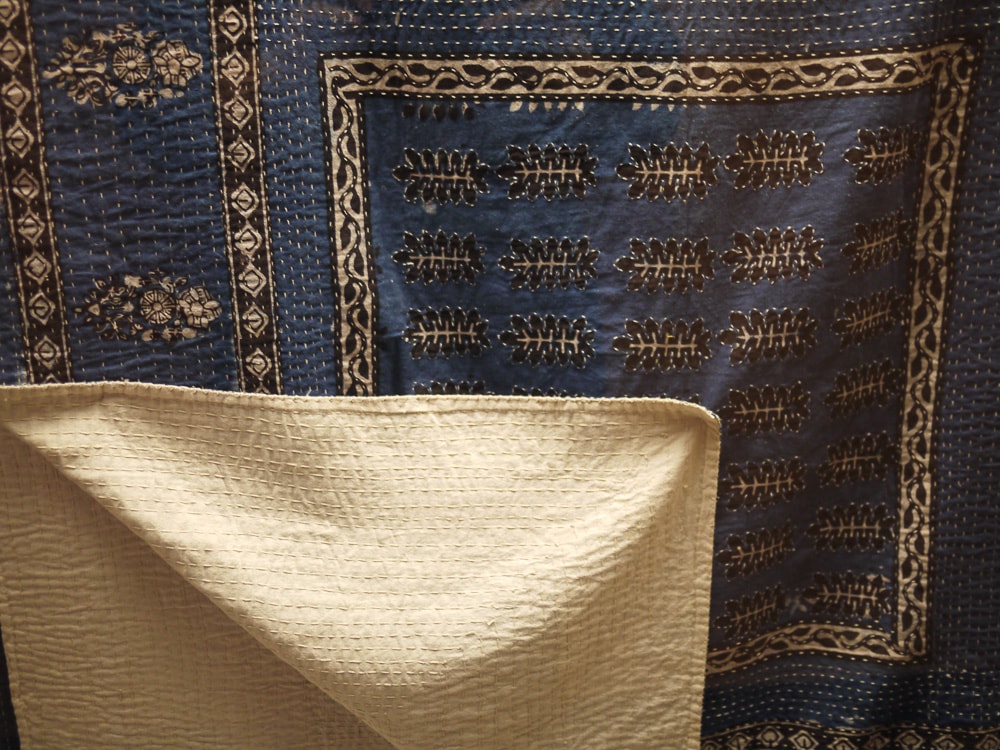
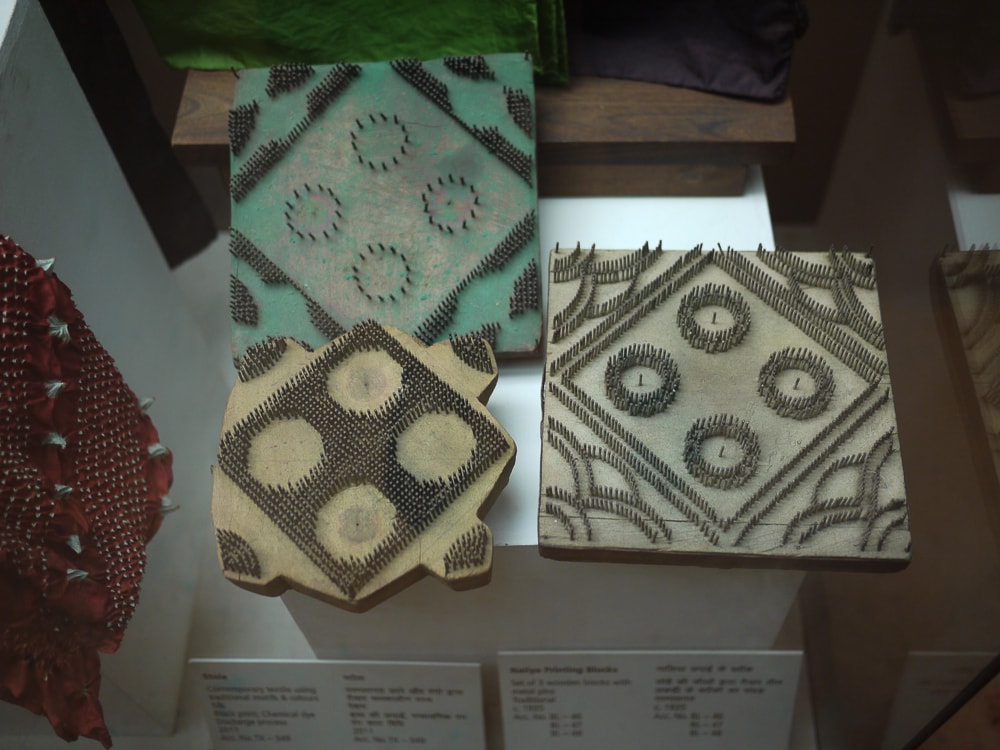
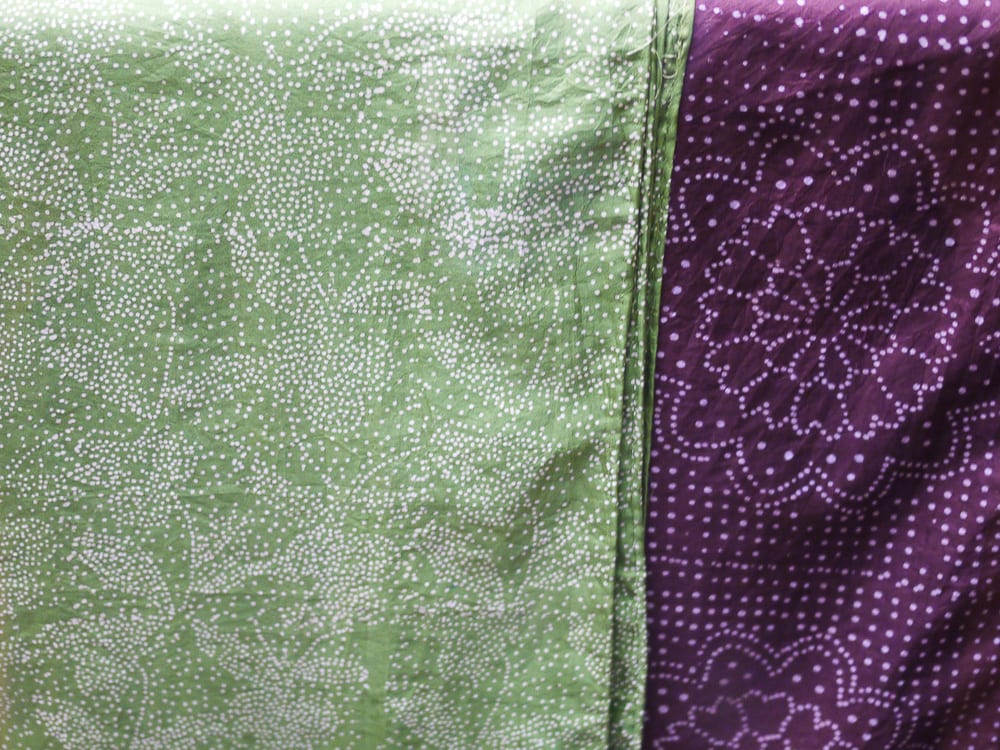
Here are some examples of hand printed textiles worn by the men and women of Northern India. Color choices, printing techniques, and motifs - often floral and geometric - identify the wearer's village, wealth, and marital status. Below are women's ensembles and, in the last two images, a man's outfit including a hand printed turban.
